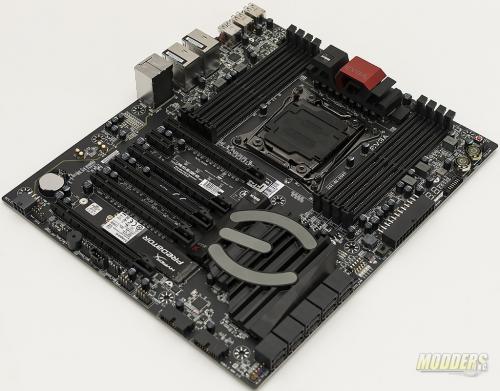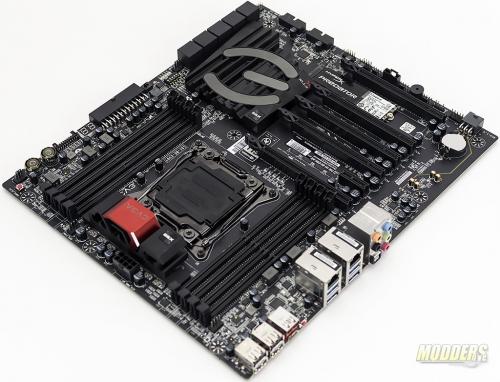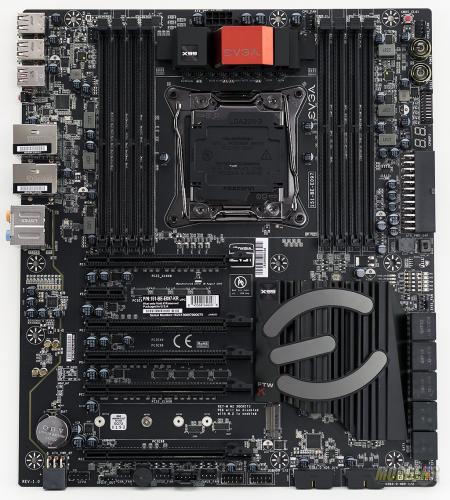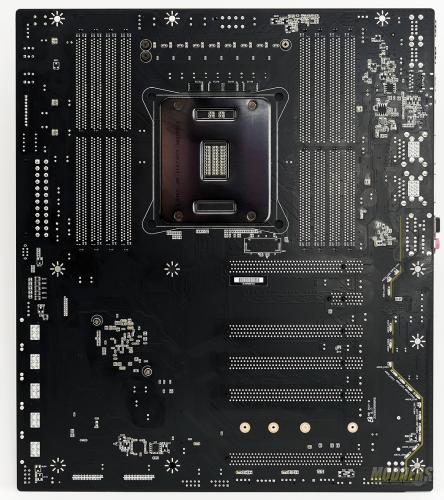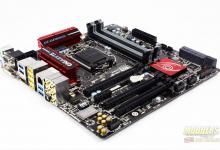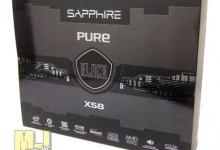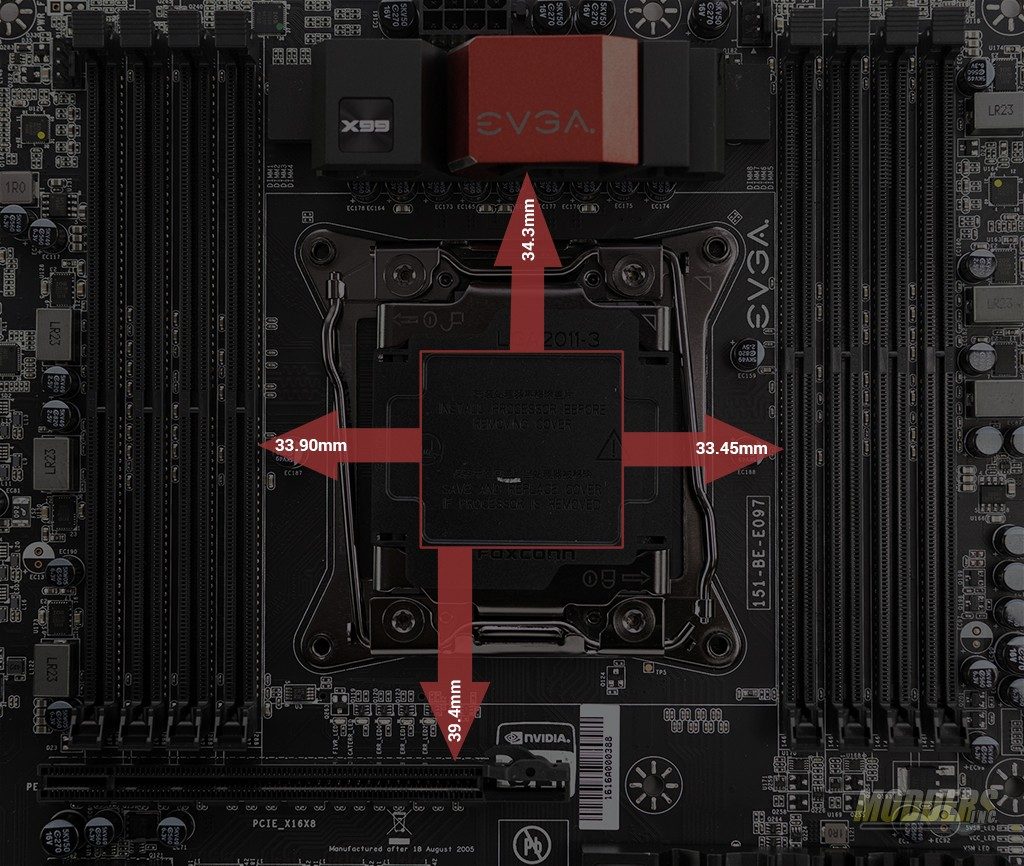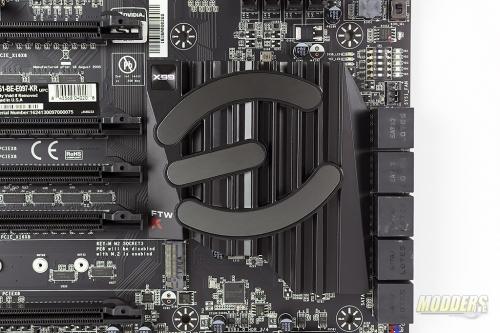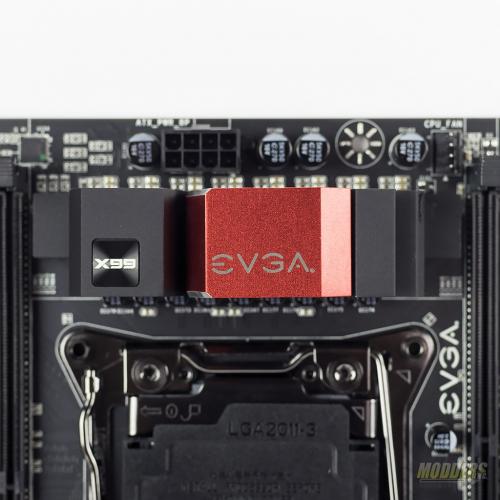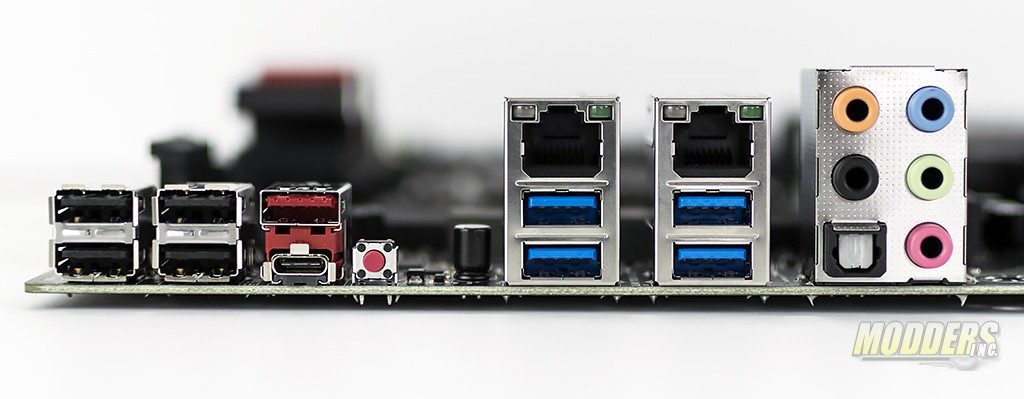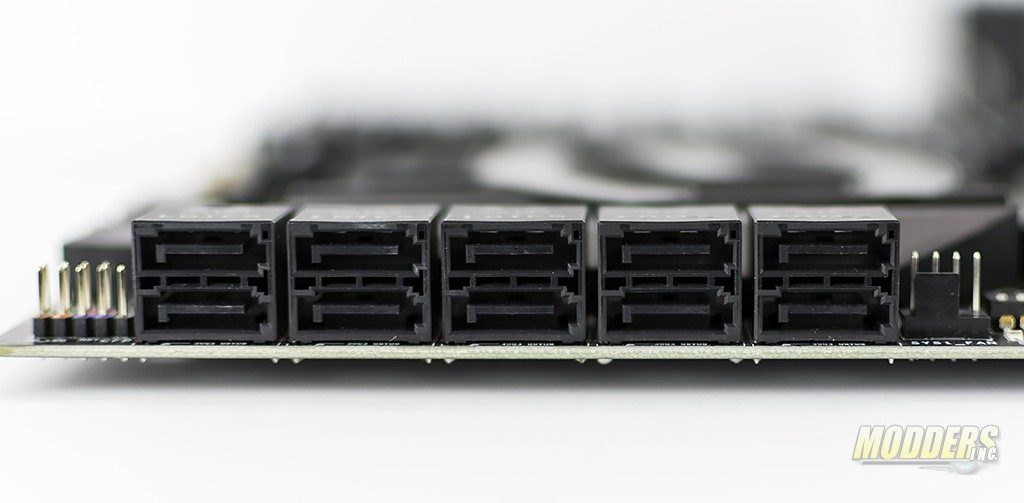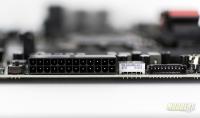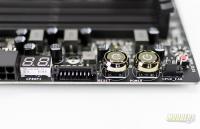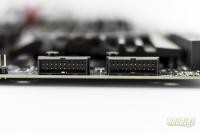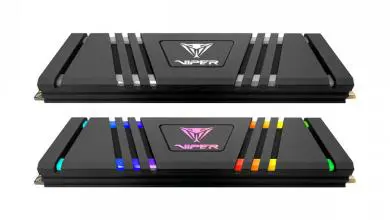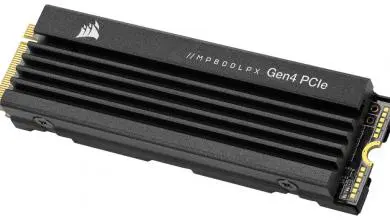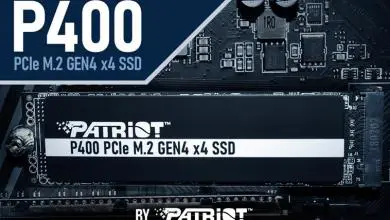EVGA X99 FTW K Motherboard Review
A Closer Look at the EVGA X99 FTW K Motherboard
EVGA gives the consumer a little extra warning and information on the stickers placed on the memory modules and the CPU socket.
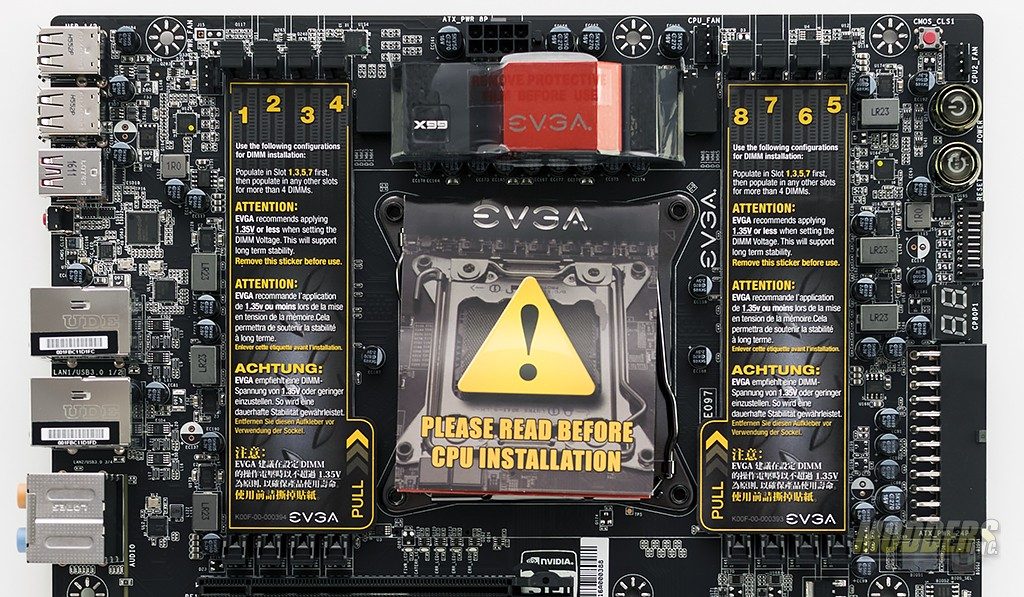
As you can see the EVGA X99 FTW K has a subdued appearance as compared to other X99 motherboards on the market. The only other color on the motherboard beside the black PCB and white text is the red on the VRM heatsink and the red “K” on the PCH heatsink.
The X99 FTW K is a standard size E-ATX motherboard. Mechanically, there are five PCIe slots. The PCIe slot arrangement is as follows: 1×16, 2×16, 3×8 or 4×8. The 4×8 configuration requires a 40 lane CPU. When using a 28 lane CPU, the 4th slot on the motherboard is non functional. The last PCIe x16 slot becomes non functional when a M.2 drive us used with any CPU configuration.
The area around the CPU should fit most air coolers. However, keep in mind that large tower coolers may block the first couple of memory module slots on each side. This of course all depends on the height of the memory modules and the distance between the motherboard and the bottom of the cooler. Distance between the CPU socket and the VRM heatsink measures 34.3mm and to the first PCIe slot the measurement is 39.4mm from the CPU socket. To the left and right of the socket, the memory module slots measure 33mm.
The PCH is passively cooled by a large heatsink featuring EVGA’s “E” logo and just to the left is the text that designates this motherboard as the FTW K. The VRM is also cooled by a single passive heatsink. A strip of red splits the heatsink and is the only color besides black and white on the motherboard.
For rear I/O, the X99 FTW K provides, four USB 2.0 ports, 2 USB 3.1 (one type A and one type C connector, Red in color) ports, a BIOS reset switch, two RJ 45 Lan ports (one Killer networking and one Intel networking), four USB 3.0 ports, and five 3.5mm audio jacks, and one optical S/PDIF connector.
For SATA connectivity, a total of 10 SATA 6 GB/s ports are provided. Hooray for no SATA express! Six of the SATA ports can be configured in software RAID with RAID level support of 0,1,5,10 and JBOD.
EVGA continues to put connectors that face the edge of the board rather than face straight up. The 24-pin and USB 2.0 connectors shown below are good examples of this. It has been my experience and depending on the case you have this can be either a blessing or a curse. In some cases, the clearance between the motherboard and the motherboard tray make it extremely difficult to install or removed the connectors, in others, it was a breeze. In either case, I think the rotated connectors make it easier to do cable management and makes the inside of the case look cleaner. The middle image below shows the LED display, EZ Voltage header, and the on-board reset and power buttons. The LED display can show the current CPU temperature. Using the provided EZ Voltage connector, a user can use a multi-meter to read system voltages rather than depend on the motherboard to report them. This ensures that during a high overclocking session, the system is getting the correct voltage.
The bottom edge of the board features an additional power connector to provide more power to the PCIe slots when using 3 or 4 way SLI, front panel audio connections, three fan headers, two USB 2.0 headers, and two USB 3.0 connectors that are rotated to face the edge of the board.
